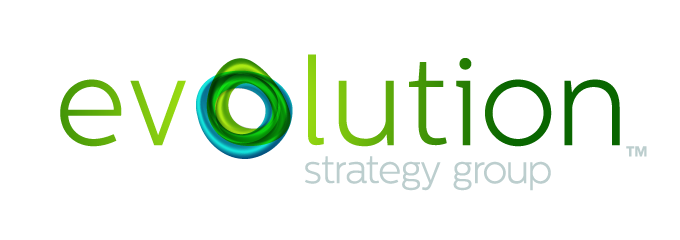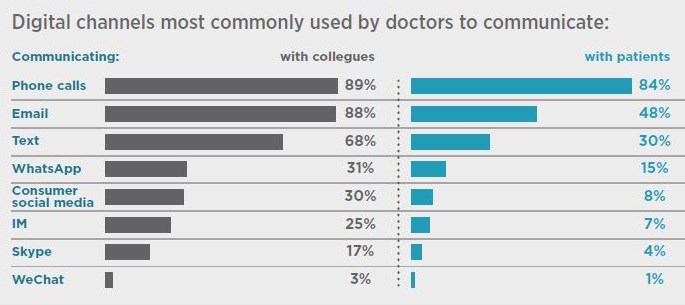At ESG, we always say there’s no “one size fits all” to communication. And we contend that healthcare professionals (HCPs) are really no different than consumers when it comes to devising content strategies. Yet, most businesses operating within more traditional healthcare silos continue to treat HCPs with kid gloves. Not only is this approach older than “old school,” it also makes little sense in a fast-paced, ever-changing digital environment where customer is king and content must answer.
So let’s start with the obvious: HCPs, like consumers, live in an omni-channel communication world. This means that content must appeal across the full spectrum of Web, social outlets and mobile. According to Cello Health Insight’s recent global survey, the majority of healthcare professionals (88%) report using email and 68% of doctors report using mobile texting to communicate with their peers. In addition, HCPs are capitalizing on email (48%) and texting (30%) to communicate with their patients.
HCPs and consumers are made from the same cloth. The majority own smartphones and regularly use them for professional purposes, such as communicating with their peers and patients, researching various medical conditions or investigating/comparing different treatments. Moreover, like consumers, HCPs prefer a more personalized touch. Data show HCPs prefer to interact with digital educational materials (for example, virtual or videotaped meetings, continuing medical education, updated guidelines) in the privacy of their own homes, after hours or on their own time.
Bear in mind that the elephant in the room may be your client, not the customer. Culturally, the mindshift needs to come from within but there are a few workarounds in your toolkit that will enable your clients to take a leap of faith.
- Define customers by creating “personas.” This involves understanding your customers’ motivations, goals, and the behaviors that drive their decisions. Better understanding the customer enables you to find gaps in their knowledge and/or gaps in your communications; the same applies to understanding your competitors, to look for gaps in the market you can fill. By creating personas and taking the time to determine what they need and when they need it, you can tailor and personalize your content accordingly, appealing to them in a more customized, individual manner.
- Be consistent. Remove redundant, old or inconsequential information from your material and share or reuse digital assets to maintain a consistent digital presence. What you create across the company (product or service) should be able to be tailored, localized and compliant with regulatory requirements across your markets both here and abroad.
- Keep the communications pathway open. It is important to remember that this is a give and take exchange. Listen to HCP feedback on your materials, products and services. This will provide true insight into how they are digesting and sharing the information you’ve made available to them, shedding light on what is resonating and what isn’t. Their conversations and feedback also serve as an early warning mechanism for potential problems.
Finally, develop content targeted to the HCP’s specific practice that adds value and demonstrates an understanding of their patients or practice. If you focus on what is important to the HCP – and patient outcomes is at the top of that list – the HCPs you are trying to build a relationship with will be more open to engagement.


